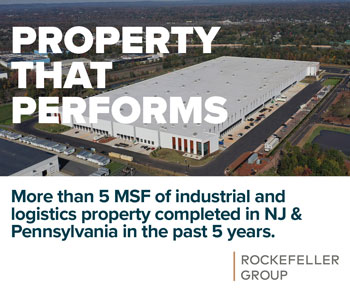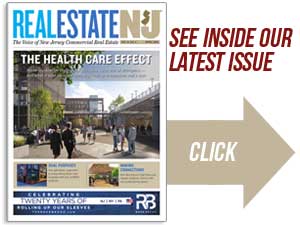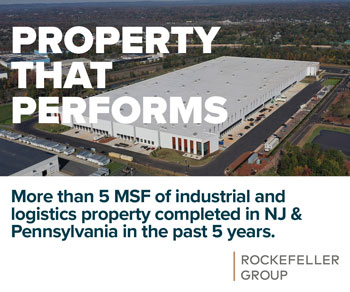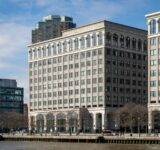By Joshua Burd
A real estate investment firm plans to spend more than $200 million to acquire single-family and multifamily properties in northern New Jersey, Philadelphia and New York City, under a strategy that calls for repositioning the homes as workforce rental housing.
The plan by The Steinbridge Group is part of a recently announced $425 million initiative to buy and refurbish homes in transitioning neighborhoods in major U.S. cities. In a news release, the firm said the strategy focuses on middle-income family residences in close proximity to transportation and employment.
Steinbridge recently launched the program with the acquisition of about 60 homes in Philadelphia, where it has an investment target of $50 million to $60 million. The firm expects that to translate to about 500 properties.
It then plans to expand into other dense urban markets including northern New Jersey, the New York City outer boroughs, Baltimore, Chicago, Washington D.C., Boston and others. In northern New Jersey, Philadelphia and New York City, the investment is expected to approach $225 million.
“We are focused on providing quality homes for workforce employees and their families who need or want to live close to the urban core but are unable to purchase homes,” Steinbridge CEO Tawan Davis said. “These neighborhoods show consistent need and demand for rental homes, while providing long-term value improvement.”
Steinbridge identified Philadelphia as its debut market due to the city’s significant population, growing economy, demand for housing and transitioning neighborhoods, Davis said.
“Philadelphia is a tremendous city,” he said. “Our intention is to be a long-term presence in the city, and to contribute to the vitality of the neighborhoods where we invest.”
The firm’s research found that the average rental period before home ownership has increased since the 1980s from 2.3 years to 6.6 years, the news release said. Meanwhile, the average mortgage as a percentage of household income has nearly doubled during that time.
Nearly half of Americans also spend more than 30 percent of their incomes on housing, up from one-third of Americans, Steinbridge said. The firm also noted that the U.S. single-family home market outpaces the multifamily sector, with respective values of $3 trillion and $2.5 trillion, but that only 14 million U.S. single-family homes are for rent.
What’s more, fewer than 300,000 or less than 2 percent are owned by institutions.
“In response to the housing transition in the U.S., investors and developers initially focused on high-end amenitized multifamily units, which drove down cap rates and now achieve limited rent growth to make returns,” Davis said. “From an investment perspective, return spreads over interest rates for single family homes are consistently positive and higher than those for multifamily residential in major U.S. cities.”









